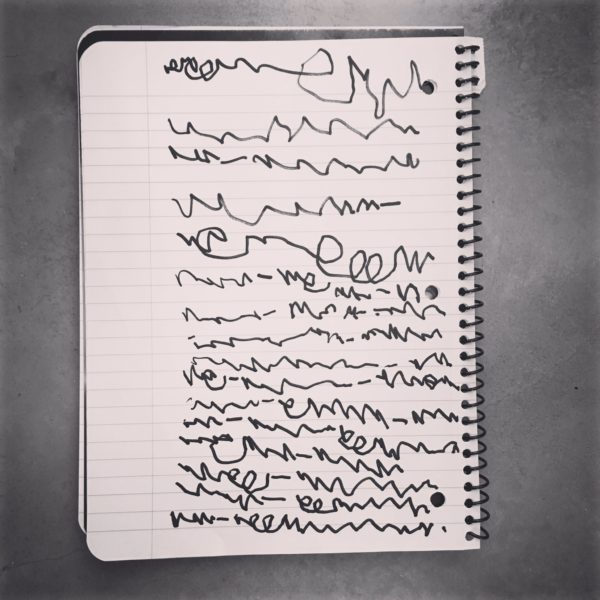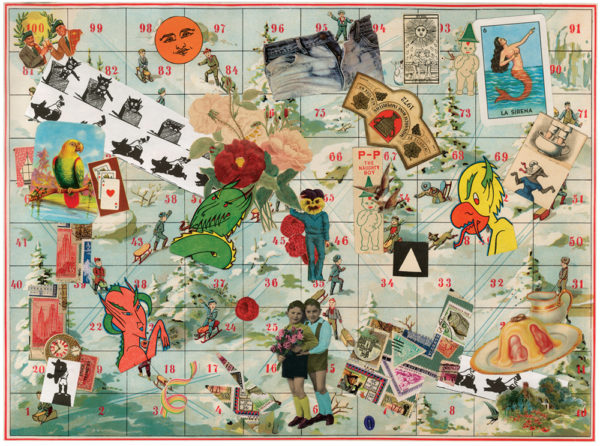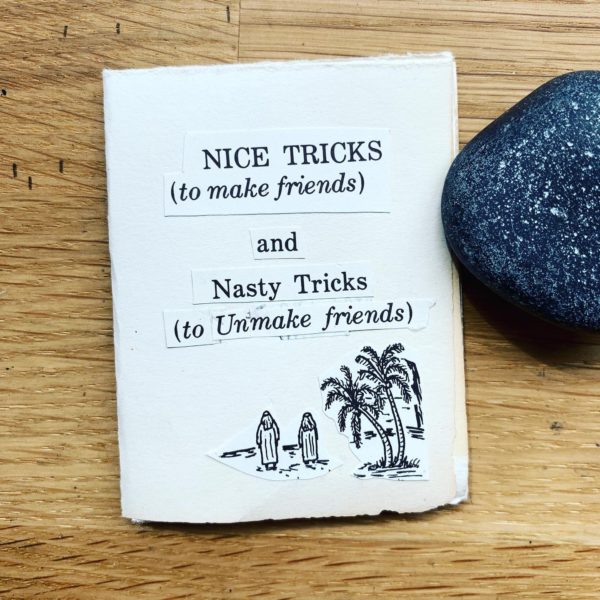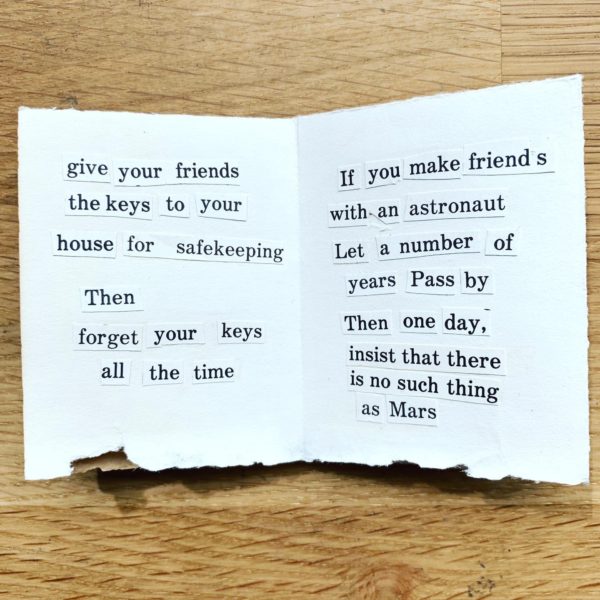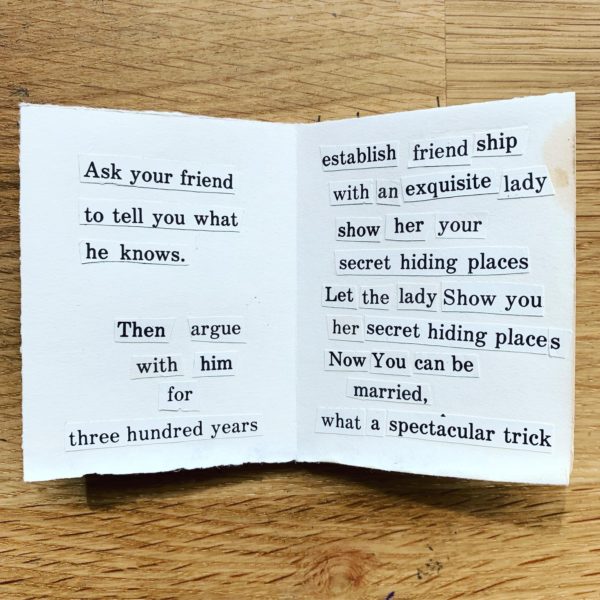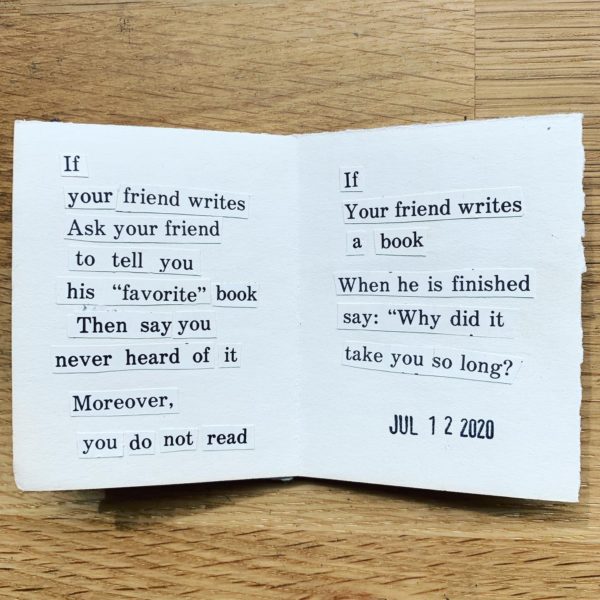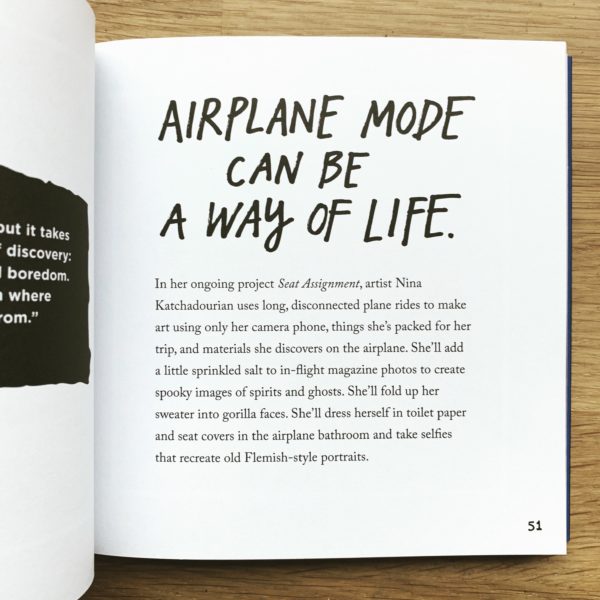Today we honor Jan Steward, who passed away on July 1. Jan was a friend and student of Corita, as well as the co-author of "Learning by Heart: Teachings to Free the Creative Spirit."
…
Photograph by @pixtakerirfan for the @latimes. pic.twitter.com/GAfBVODTLD— Corita Art Center (@coritaartcenter) July 22, 2020
Just a few weeks after I shot this video about how Corita Kent has impacted my work, I found out that her former student Jan Steward died. Steward was an artist and photographer in LA, but she’s also responsible for Learning By Heart, the book of Corita Kent’s teachings that sort of fizzled when it came out in 1992, but has now become a kind of cult classic for folks like me.
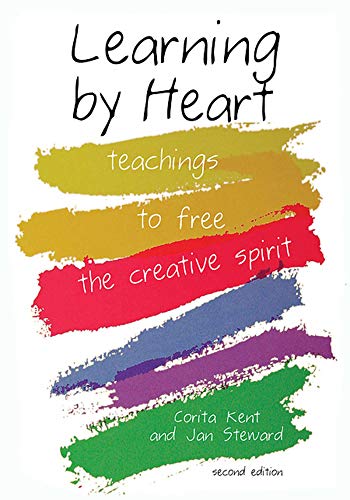 In the 2008 foreword to the book, she wrote:
In the 2008 foreword to the book, she wrote:
It was in 1979 on a trip to Little Tokyo in Los Angeles when Corita asked me to write this book. We would work together. It would be quick and easy. It was neither. She lived in Boston and I in Los Angeles. We worked by letter and phone and progress was painfully slow. We worked for hours on content and every few meetings the concept would change—sometimes radically.
They went back and forth about titles. Corita insisted it be in black and white so it was affordable. She didn’t want any of her own work in the book. (Imagine!) Corita died in 1986, with the book unfinished.
In a great 2009 interview with the LA Times, Steward went into more detail about how she wrote the book. She said she wanted the book to feel like being in one of Corita’s classes. (True to her name, she was a steward of Corita’s teachings.)
“Corita was loath to formalize things,” noted another one of Corita’s students. “She thought something would become calcified the moment it was written down.”
So Steward had to come up with the right approach:
She scribbled her teacher’s thoughts on pieces of paper, found copies of her lessons and collected stories from other former students. Then, she threw each into a cardboard box that most closely matched a particular part of Corita’s curriculum. The contents of each box turned into chapters such as “Looking,” “Sources,” “Structure” and “Connect and Create.”
(I’m reminded of Twyla Tharp’s banker boxes.)
Steward wrote of the book,
The process I want to describe is living and squirming and very difficult to pin down. The process is one of teaching, learning, growing, and doing things to make the world a better place. Whether that world is within you or as great as infinity.
RIP.
